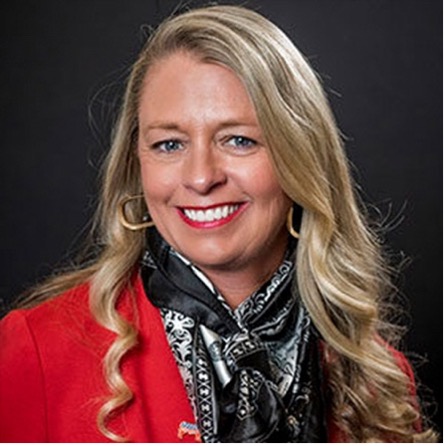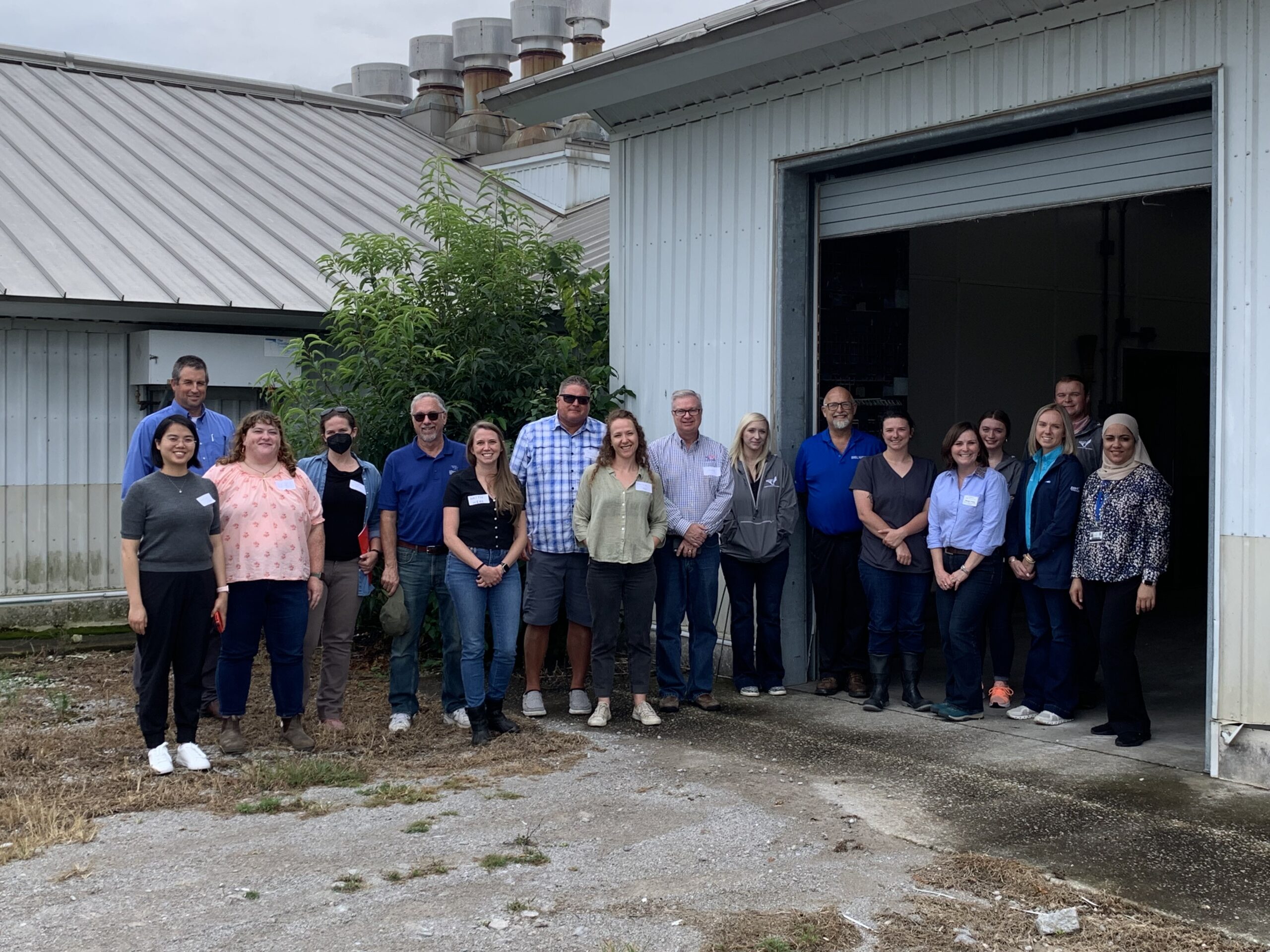Science teachers on farms? Yep, it’s happening. An On The Farm STEM event in Kentucky, hosted by Beef Checkoff contractor, the American Farm Bureau Foundation for Agriculture (AFBFA), offered teachers a chance to see beef producers in action. Now, they’re taking that experience back to their classrooms to show the next generation what it means to produce beef the right way. By connecting with the young minds of schoolchildren through their teachers, the Beef Checkoff engages with tomorrow’s beef consumers today.
Agriculture Meets Education
This summer, 25 educators — including classroom teachers, district leaders, university professors and representatives from partner organizations — participated in a three-and-a-half-day immersive beef production experience in Kentucky. The group, representing 20 states and a diverse range of educational environments — from rural, suburban K-12 schools to urban and post-secondary institutions — gained valuable insights into the beef industry.
Attendees visited Branch View Angus, the University of Kentucky, Eden Shale Farm, Blue Grass Stockyards and What Chefs Want, a wholesale restaurant food distributor. Prior to the event, participants attended virtual webinars on ‘Science Through the Lens of Agriculture,’ ‘Exploring Sensemaking Using Topics in Agriculture’ and ‘Using Agriculture Topics to Drive Learning in Science.’
These tours and webinars offered educators the opportunity to deepen their understanding of equitable, three-dimensional learning within the context of agriculture, helping them integrate agricultural concepts into diverse educational settings.
“We aim for educators to recognize the importance of food and agriculture in science education, gain confidence in implementing next generation science standards-aligned practices and summarize agricultural systems,” said Brian Beierle, the science and education lead for AFBFA. “Ultimately, the goal was for educators to leave with a concrete plan to incorporate agriculture-based, specifically beef-funded agriculture resources into their classrooms within a year.”
In a post-event survey, participants rated their experience highly, giving it an average score of 4.8 out of 5. Most reported a significant increase in their understanding of beef production as a result of the event. Before the event, only 12 percent of participants held a positive view of how cattle are raised. However, following the On The Farm STEM experience, that number soared to 75 percent, with participants expressing a ‘strongly positive’ perception of cattle production practices.
“The most impactful thing was to see individuals who are experts in what they do, to have the opportunity to see what they do, to hear how they do it and to learn from them,” one event participant said. Another said, “The event gave a complete picture of the beef industry, from birth to shelf – and all the environmental impacts were addressed.”
Program Growth
Originally, On the Farm STEM began as an event for children’s book authors. However, as AFBFA identified educational needs, they recognized the potential for an immersive experience connecting educators to the science behind beef production, efficiency, sustainability and resilience in agriculture. The demand for On The Farm STEM events has skyrocketed, with a 325 percent increase in applications since 2020.
Early iterations of the event focused primarily on tours, but the program has since evolved into a balanced blend of hands-on experiences and academic support. “We now work closely with educators to tailor the experience to their local curriculum demands and provide them with resources for direct implementation,” Beierle said.
Also, the program has grown to include state-level events. Events took place last summer in New York, Colorado and Kansas, with plans to equip more state beef councils to partner with educational agencies at the local level to further scale the event.
“Today, the program is regarded as a leading professional development opportunity for teachers, meeting the evolving needs of educational systems,” Beierle said. “On top of that, the program opens doors for students — through their teachers — to college and career pathways they might not have otherwise known about. This can lead to some pretty significant outcomes: a more diverse future workforce, more room for innovation and future consumers who are better equipped to navigate conflicting claims. It’s all about opening dialogue between agricultural communities and education to create lasting, beneficial partnerships.”
For more information about the On The Farm STEM experience visit www.onthefarmstem.com

 This event is unique because it engages audiences across multiple industries and focuses, with producers at the forefront of this event actively participating in conversations. One such producer was Cattlemen’s Beef Board member Kristy Arnold from Screven, Georgia. As a third-generation owner and operator of her cow/calf operation, Arnold knows firsthand the need for responsible antibiotic use on the ranch.
This event is unique because it engages audiences across multiple industries and focuses, with producers at the forefront of this event actively participating in conversations. One such producer was Cattlemen’s Beef Board member Kristy Arnold from Screven, Georgia. As a third-generation owner and operator of her cow/calf operation, Arnold knows firsthand the need for responsible antibiotic use on the ranch. The Beef Checkoff engages with CDC professionals by hosting farm tours and educational events. Recently, in partnership with the Kentucky Cattlemen’s Association and Kentucky Pork Producers Association, 12 CDC doctors toured Kentucky ranches to see on-farm practices, animal preventative care and treatment protocols to understand the practical use of antimicrobials in animal agriculture. CDC professionals were able to see the University of Kentucky’s beef, swine, poultry and sheep units. They also toured Branch View Angus in Hustonville, Kentucky and learned how grains are processed at Burkmann Nutrition. The doctors walked away from the interactive event with new perspectives.
The Beef Checkoff engages with CDC professionals by hosting farm tours and educational events. Recently, in partnership with the Kentucky Cattlemen’s Association and Kentucky Pork Producers Association, 12 CDC doctors toured Kentucky ranches to see on-farm practices, animal preventative care and treatment protocols to understand the practical use of antimicrobials in animal agriculture. CDC professionals were able to see the University of Kentucky’s beef, swine, poultry and sheep units. They also toured Branch View Angus in Hustonville, Kentucky and learned how grains are processed at Burkmann Nutrition. The doctors walked away from the interactive event with new perspectives. More with Less
More with Less